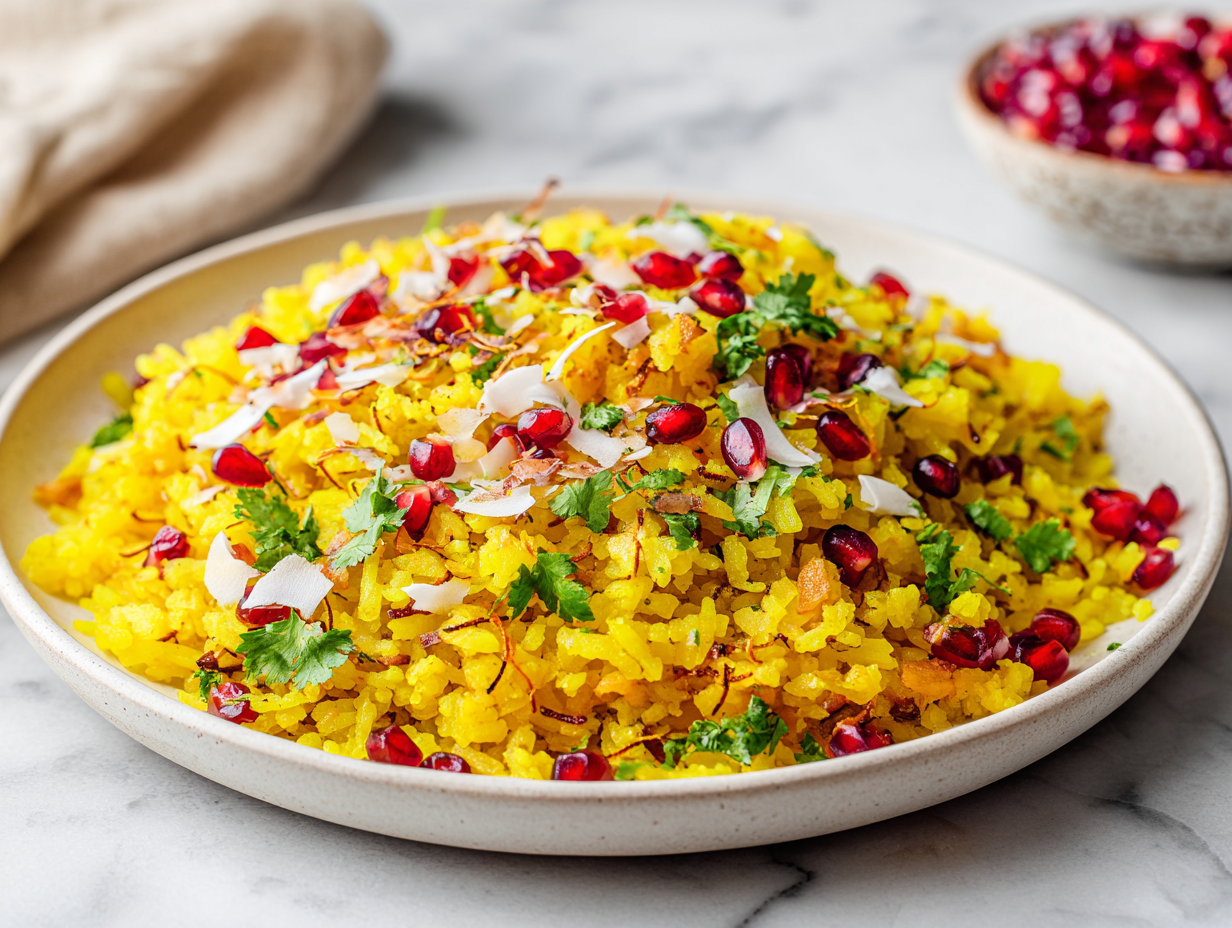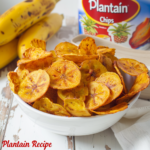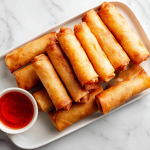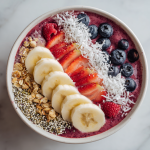Poha has always felt like one of those dishes that doesn’t try too hard but still wins hearts soft, fluffy flattened rice lightly seasoned with turmeric, mustard seeds, curry leaves, and that ever-so-satisfying crunch of peanuts. It’s a weekday lifesaver, especially when I need something filling, quick, and easy on the stomach.
And best of all? It’s naturally low in calories and great for digestion, which makes it a favorite among those trying to keep things light without skipping satisfaction.
In western India especially in Maharashtra and Madhya Pradesh Poha isn’t just breakfast. It’s tradition. Vendors serve it hot in paper plates with a slice of lemon and a generous sprinkle of sev.
It’s the kind of meal that fuels your morning without slowing you down. At home, I often serve it with a drizzle of this vibrant Garlic Cilantro Sauce and a glass of Iced Tea for a refreshing balance.
You’ll love how the mild spices, sautéed onions, tender potatoes, and fresh lime juice come together in under 30 minutes. It’s everything a good breakfast should be warm, nourishing, and just the right amount of zesty.
If you’ve got your own spin on poha, I’d love to hear it. Drop your variations in the comments below!
What Makes This Poha Recipe a Forever Favorite!
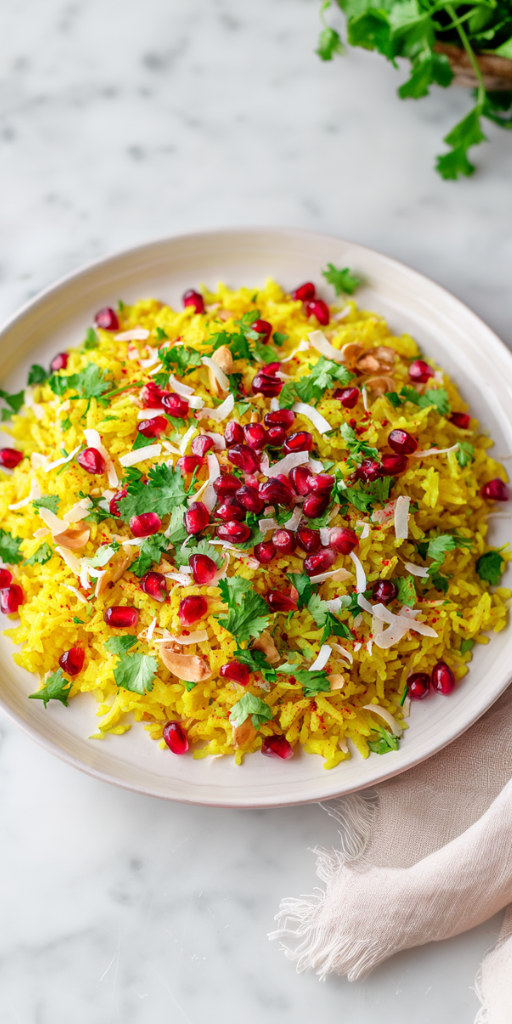
- My College Breakfast Hack: I first leaned on this recipe in college affordable, wholesome, and quick. It became my go-to whenever I wanted something homemade and comforting without spending hours in the kitchen.
- Sweet Potato Switch-Up: I occasionally replace regular potatoes with sweet potatoes. It adds a lovely hint of sweetness and gives the dish a nutritional upgrade without changing the vibe.
- Light Yet Satisfying: On days I’m eating light, this keeps me full without feeling heavy. The combo of poha, peanuts, and spices is surprisingly hearty for such a gentle dish.
- That Fresh Finish: The squeeze of lime and chopped cilantro at the end? Total game-changer. It brightens everything and makes the poha feel vibrant and alive.
- Perfect for Brunch Too: Add some spicy chutney on the side and it’s weekend brunch-worthy. It’s amazing how one simple dish fits so many moods.
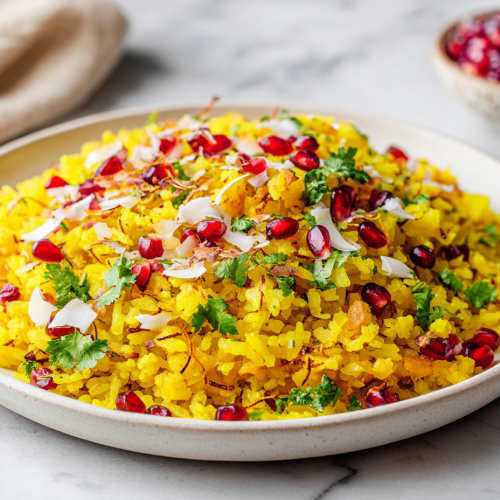
Poha Recipe
Equipment
- Large non-stick pan or kadhai
- Mixing bowl (for rinsing poha)
- Strainer or colander
- Spatula
- Knife and chopping board
Ingredients
- 2.5 cup Poha flattened rice, medium or thick
- 2 tablespoon Oil divided
- 2 tablespoon Peanuts raw, optional
- 1/2 teaspoon Mustard Seeds Rai, optional
- 1/2 teaspoon Cumin seeds Jeera, optional
- 10-12 Curry Leaves Kadi Patta
- 2 Green Chili Pepper diced, adjust to taste
- 3/4 cup Onions diced
- 3/4 cup Potato diced into 1/2-1 centimeter pieces
- 1/4 teaspoon Ground Turmeric Haldi powder
- 1/2 teaspoon Salt adjust to taste
- 1/2 teaspoon Sugar adjust to taste
- 1 tablespoon Lime juice
- 1 tablespoon Cilantro leaves Corainder, chopped
Garnishes when serving (optional):
- Sev as needed, or bhujia
- Pomegranate seeds as needed
- Coconut freshly grated
Instructions
- Rinse poha in a strainer under running water until soft; set aside to drain.
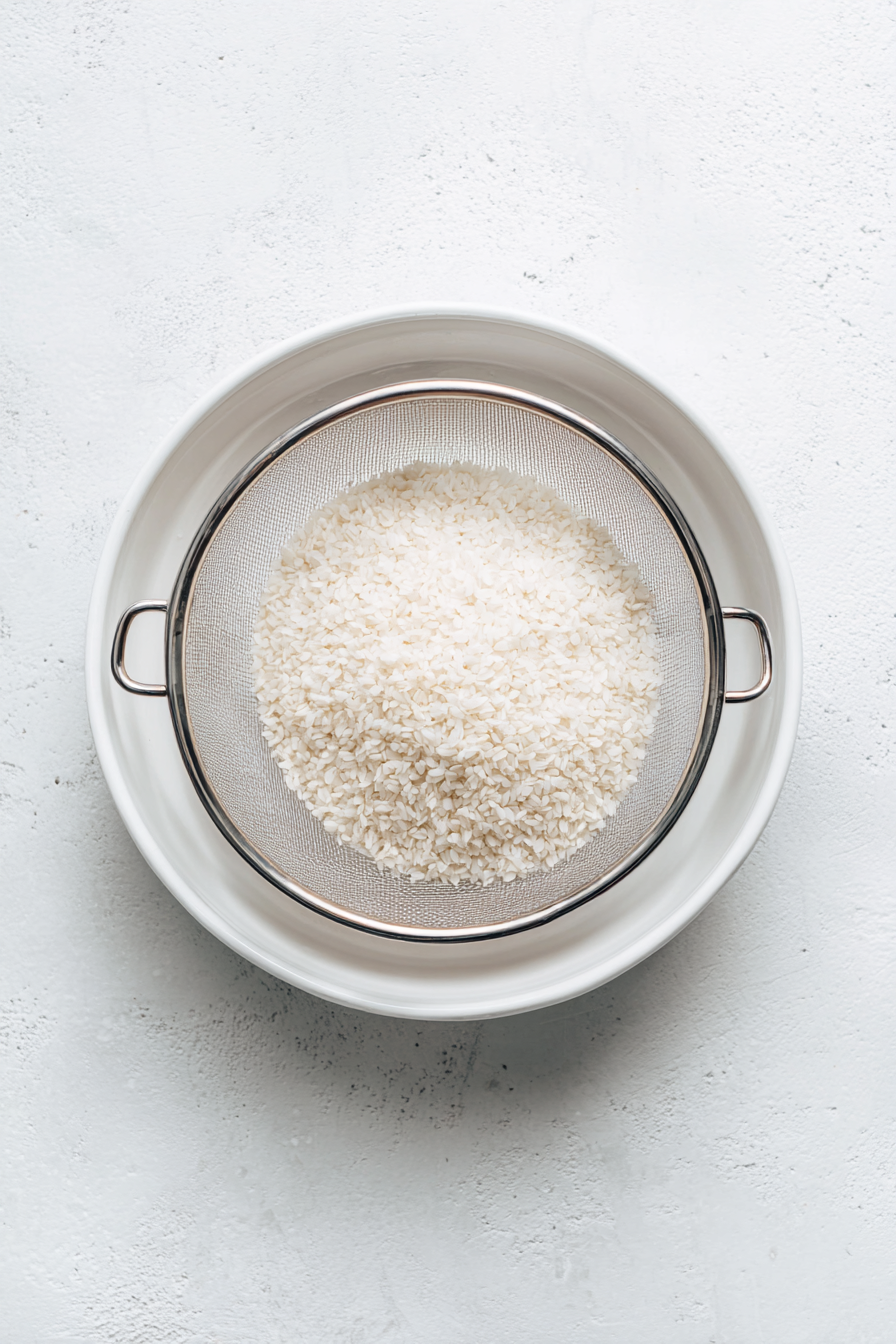
- Heat 1 tablespoon oil in a pan, fry peanuts until golden, then remove and set aside.
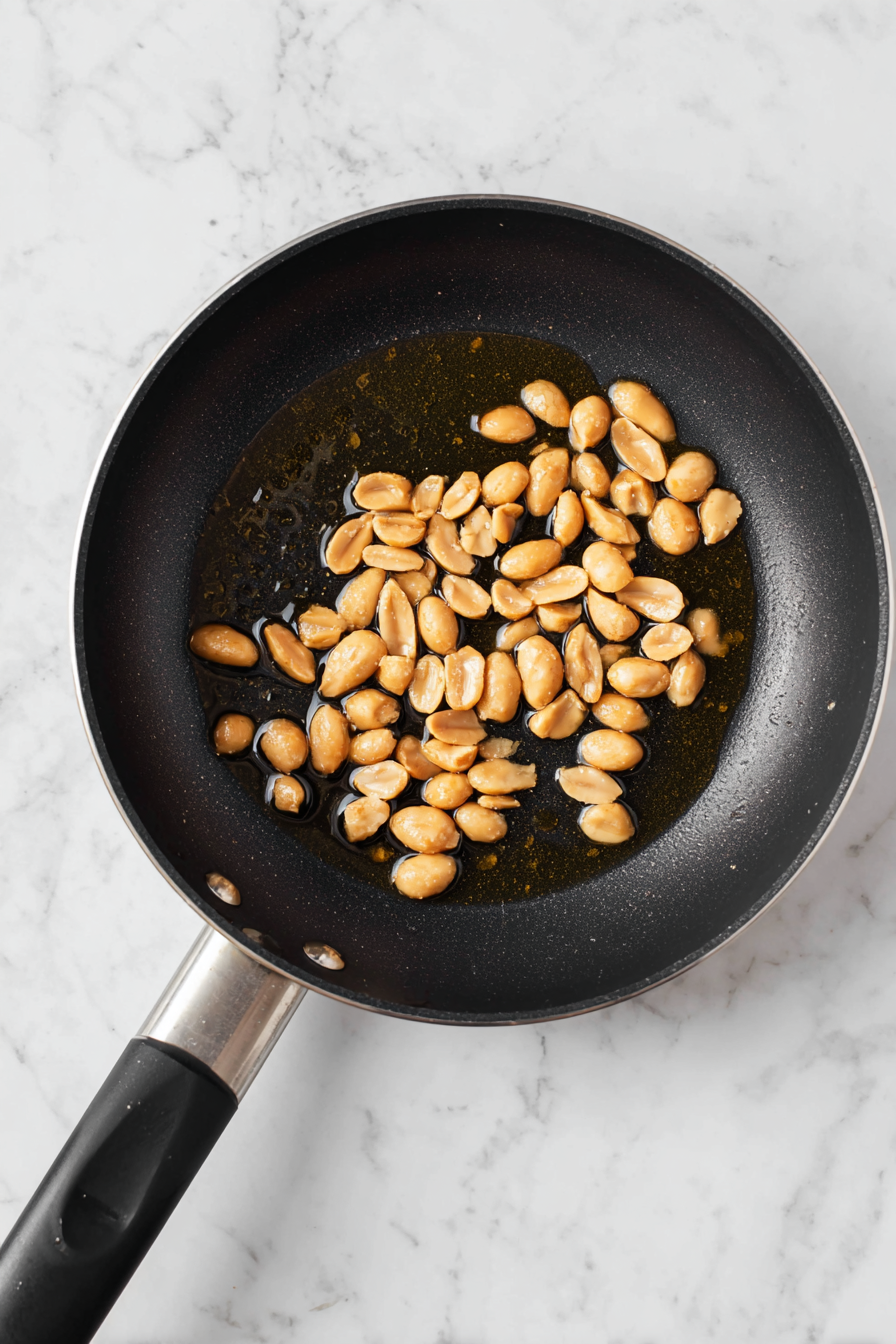
- Add remaining oil, mustard seeds, cumin seeds, and curry leaves; let them splutter.
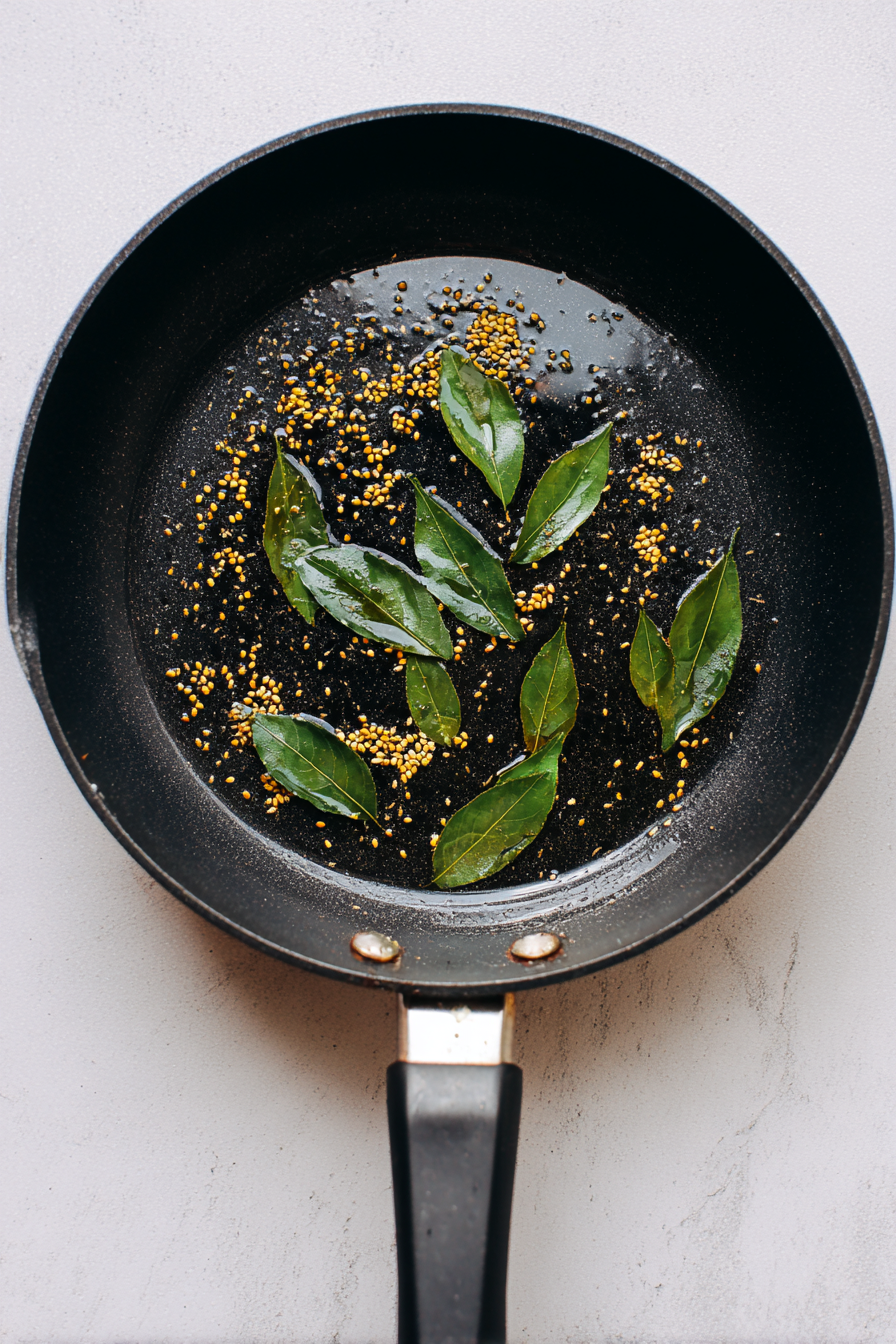
- Toss in diced onions, green chilies, and sauté until onions turn soft.
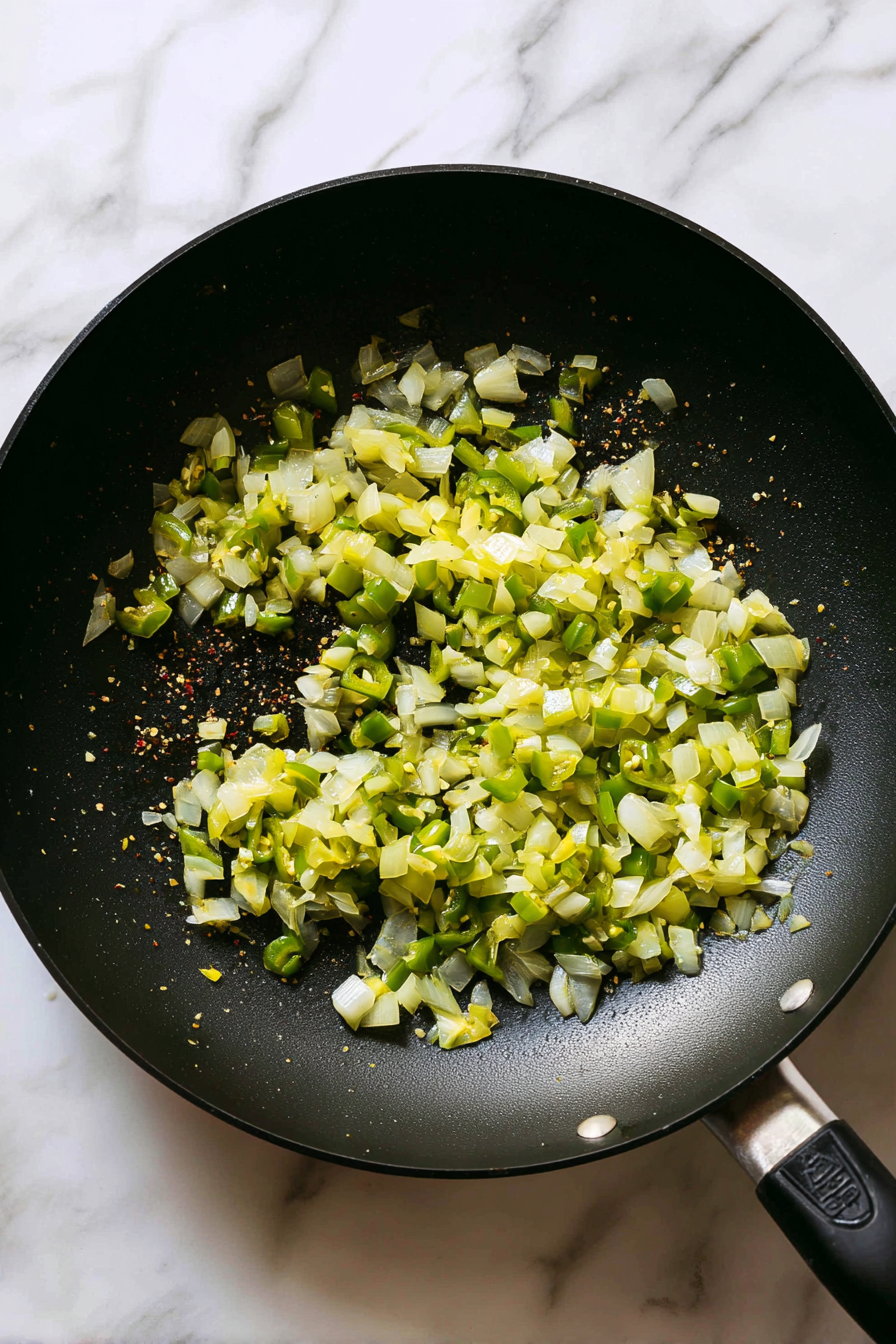
- Add potatoes and cook on medium flame until tender.
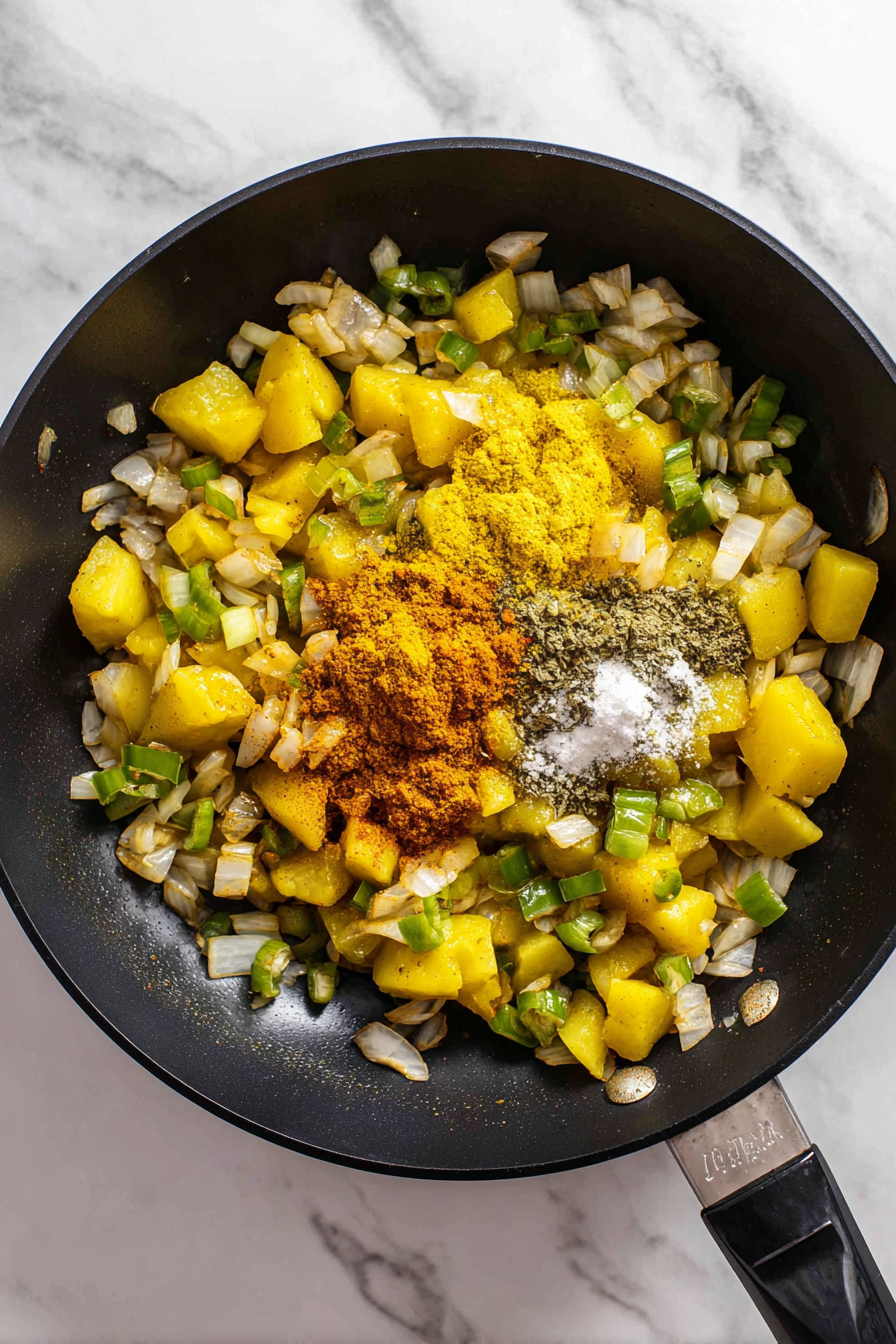
- Sprinkle turmeric, salt, and sugar; mix well.
- Gently fold in the rinsed poha and peanuts; cook for 2–3 minutes.
- Finish with lime juice, cilantro, and garnish with sev, coconut, or pomegranate.
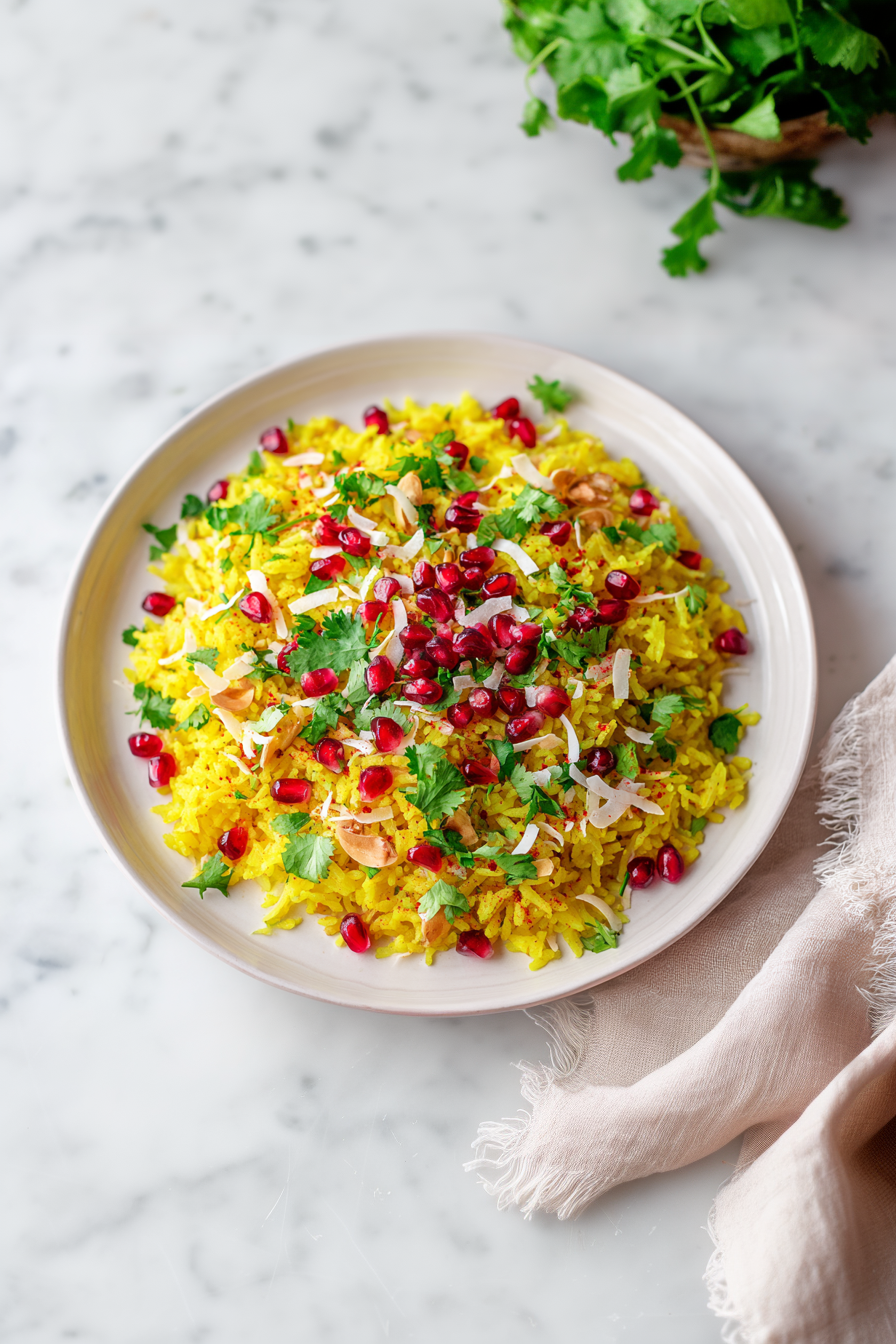
Nutrition Info:
| Nutrition | Value |
| Calories | 380kcal |
| Carbohydrates | 39g |
| Protein | 7g |
| Fat | 19g |
| Sugar | 3g |
| Sodium | 901mg |
Helpful Questions About Your Poha Recipe?
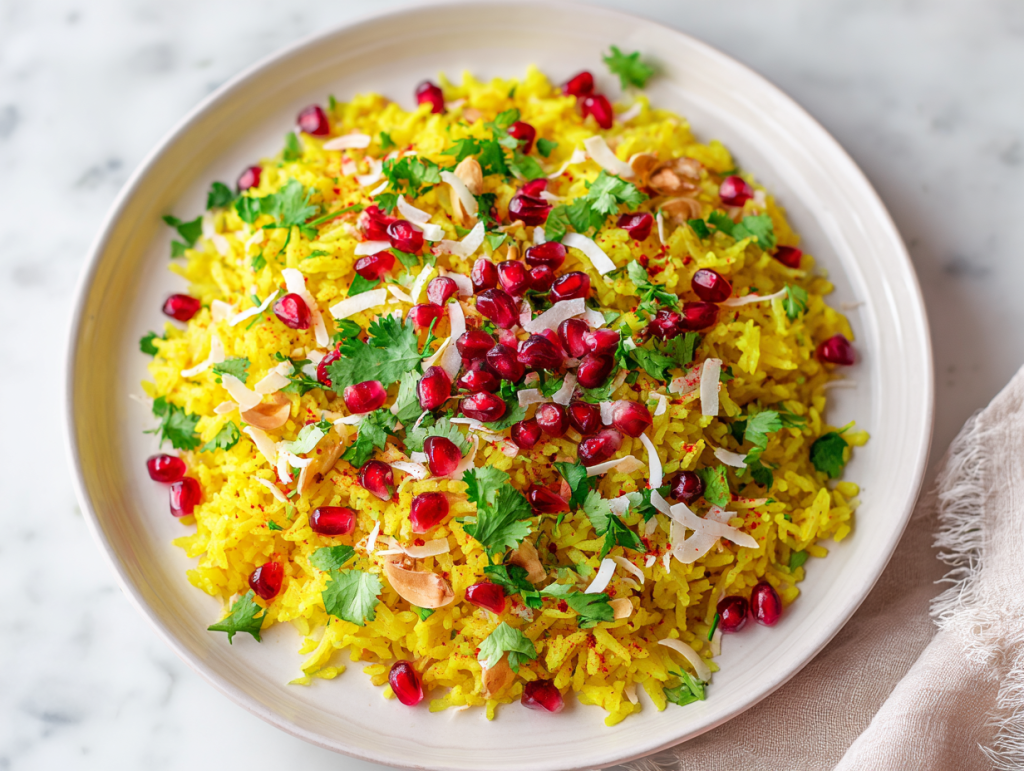
1. Why is my poha turning mushy or clumpy after rinsing?
Ans: Many home cooks struggle with this. Over-rinsing or soaking poha can break its texture. Always use a strainer, rinse just until soft, and allow it to drain completely before cooking.
2. What’s the difference between thick and thin poha? Which one is better for this recipe?
Ans: Thin poha is delicate and better suited for snacks like chivda. For cooked dishes like this, medium to thick poha is ideal it holds shape and absorbs flavors well.
3. Can I make poha ahead of time for busy mornings?
Ans: Yes, you can prep most ingredients the night before. Store chopped onions, potatoes, and rinsed poha separately in the fridge, then cook fresh in under 10 minutes.
4. Is poha good for weight loss or a healthy diet?
Ans: Absolutely. Poha is light, easy to digest, and low in calories. Paired with veggies and peanuts, it’s balanced and filling ideal for those watching their weight or calories.
5. How do different regional variations of poha differ in taste?
Ans: Maharashtrian poha adds sugar and peanuts for sweetness and crunch, while Indori poha includes fennel and pomegranate. South Indian versions may add coconut and mustard seed tadka.
6. What are some fun toppings to make poha more exciting for kids or guests?
Ans: Try topping with grated coconut, pomegranate seeds, crunchy sev, or even a fried egg on the side. You can also serve it with Garlic Cilantro Sauce or chilled Iced Tea.
7. Can I make a completely oil-free version of poha?
Ans: Yes. Use a non-stick pan and dry roast ingredients like peanuts and cumin. Skip the oil entirely and use lemon juice and herbs for flavor it’s still tasty and satisfying.

